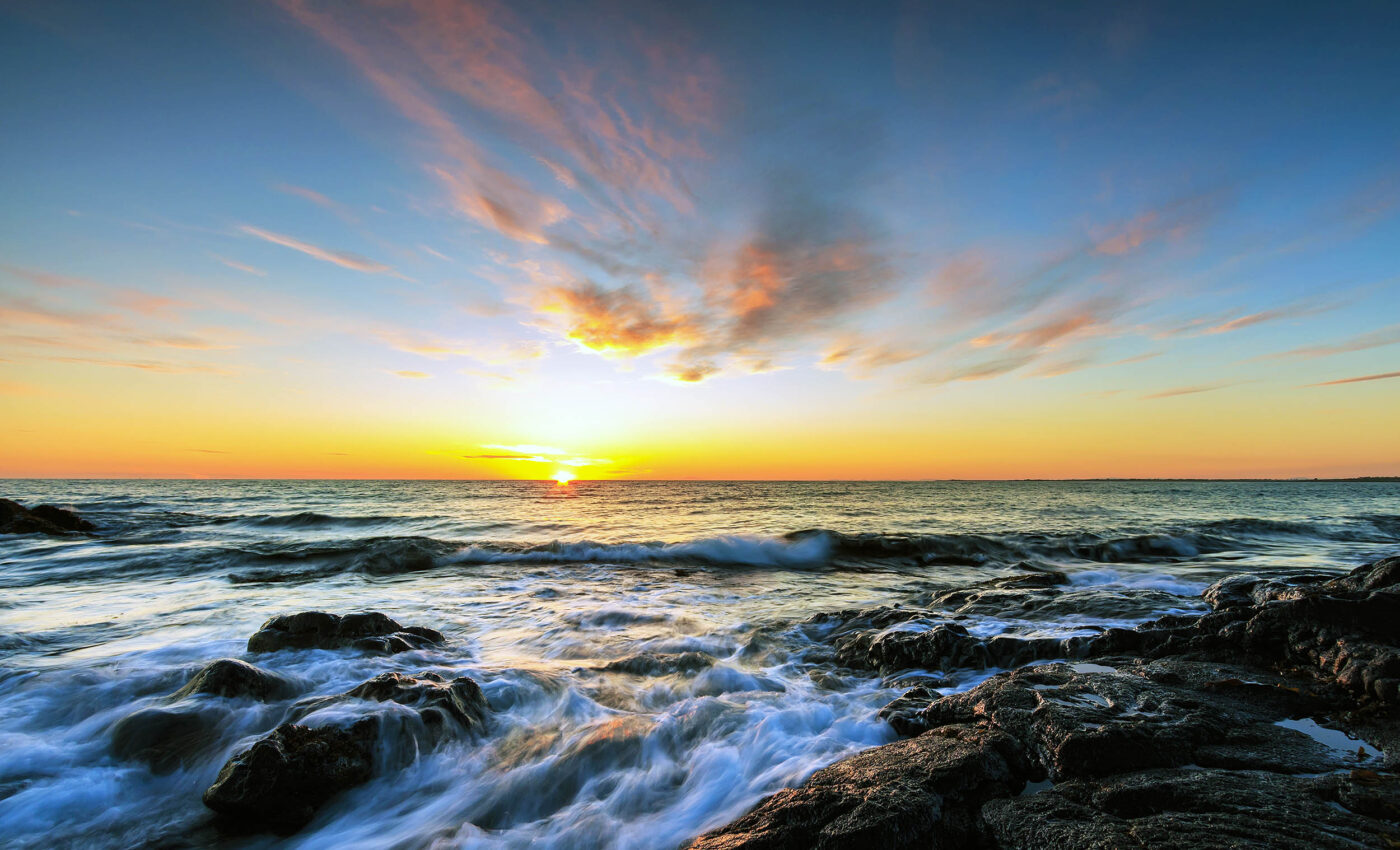
Earth’s oldest organisms ever discovered show dazzling diversity and complexity
Scientists from UC Santa Barbara and McGill University have brought to light a collection of well-preserved microfossils, unveiling a surprising diversity of the oldest eukaryotic organisms that existed 1.64 billion years ago.
This research details a critical period in the evolutionary history of eukaryotes, a major domain of life that includes plants, animals, fungi, and various other organisms with complex cellular structures.
Studying the oldest eukaryote organisms
Lead author Leigh Anne Riedman, an assistant researcher in UCSB’s Department of Earth Science, emphasized the significance of these findings.
“These are among the oldest eukaryotes that have ever been discovered,” Riedman stated. “Yet, even in these first records, we’re seeing a lot of diversity.”
This challenges the previously held belief that early eukaryotes were relatively uniform, with significant diversification occurring much later, around 800 million years ago.
Collecting fossils down under
The team’s exploration began in the Australian Outback in late 2019. Riedman collected approximately 430 samples from eight cores drilled by a prospecting company, now stored in the Northern Territory Geological Survey‘s library.
The selected cores spanned about 500 meters of stratigraphy, encapsulating around 133 million years of geological history, with a focus on a period of intense deposition lasting about 15 million years.
Riedman’s return to the United States with shale and mudstone samples marked the start of an intensive analysis process.
These remnants of an ancient coastal ecosystem, which alternated between shallow mudflats and coastal lagoons, held the key to understanding early eukaryotic life.
A careful application of hydrofluoric acid dissolved the surrounding rock, leaving behind the invaluable microfossils for microscopic examination.
“We were hoping to find species with interesting and different characteristics to their cell walls,” Riedman explained. These characteristics could provide insights into the cellular activities of these early life forms.
However, as Riedman noted, reaching any definitive conclusions about the cellular interiors would be challenging, given that the fossils preserved only the exteriors of the cells.
Remarkable diversity and complexity
The team, amazed by their findings, identified 26 taxa, including 10 previously unknown species. These fossils displayed intricate structures, such as evidence of cytoskeletons and internal vesicles, possibly precursors to modern Golgi bodies found in eukaryotic cells.
Additionally, some microbes exhibited complex cell walls composed of bound fibers, further suggesting advanced cellular structures.
Among the intriguing discoveries were cells with tiny trapdoors, a sign of sophisticated biological processes. These trapdoors are thought to have been used by microbes to form cysts during unfavorable conditions, requiring a specialized mechanism to reopen.
“If you’re going to produce an enzyme that dissolves your cell wall, you need to be really careful about how you use that enzyme,” explained Leigh Anne Riedman, highlighting the unexpected complexity in these early life forms.
This finding indicates that such sophisticated abilities were present much earlier than previously assumed.
Evolution of oldest eukaryote organisms
Susannah Porter, a co-author and Earth science professor at UC Santa Barbara, noted, “The assumption has always been that this is around the time that eukaryotes appeared. And now we think that people just haven’t explored older rocks.”
This revelation suggests that the history of eukaryotes on Earth could extend further back than previously believed.
Their study is part of a broader project aimed at understanding the environmental conditions and adaptations of early eukaryotes.
Riedman and Porter are particularly interested in determining whether these organisms thrived in oxygenated or anoxic environments.
The presence of aerobic metabolism or mitochondria would imply an early acquisition of these organelles, offering a significant evolutionary advantage.
Looking back to move forward
As Riedman and Porter continue their research, including studies of even older samples from Western Australia and Minnesota, they aim to provide a more detailed account of eukaryote diversity over time.
Collaborations with geochemists at McGill University are also underway, focusing on oxygen levels and preferred habitats of these ancient organisms.
“These results are a directive to go look for older material, older eukaryotes, because this is clearly not the beginning of eukaryotes on Earth,” Riedman stated, urging a deeper investigation into the origins of these complex life forms.
In summary, this important research challenges previous beliefs about the uniformity and later diversification of early eukaryotes, some of the oldest organisms on Earth. The team’s exploration unearthed evidence of sophisticated cellular structures, such as cytoskeletons and internal vesicles, in ancient eukaryotic cells.
These findings, derived from ancient coastal ecosystem remnants, offer new insights into the early evolution of life and prompt further investigation into even older geological samples.
The full study was published in the journal Papers in Palaeontology.
—–
Like what you read? Subscribe to our newsletter for engaging articles, exclusive content, and the latest updates.
Check us out on EarthSnap, a free app brought to you by Eric Ralls and Earth.com.
—–













